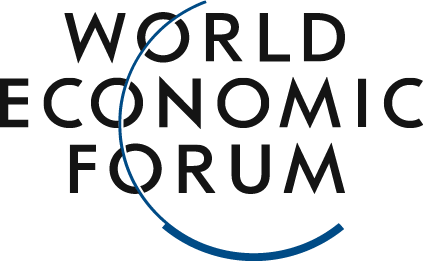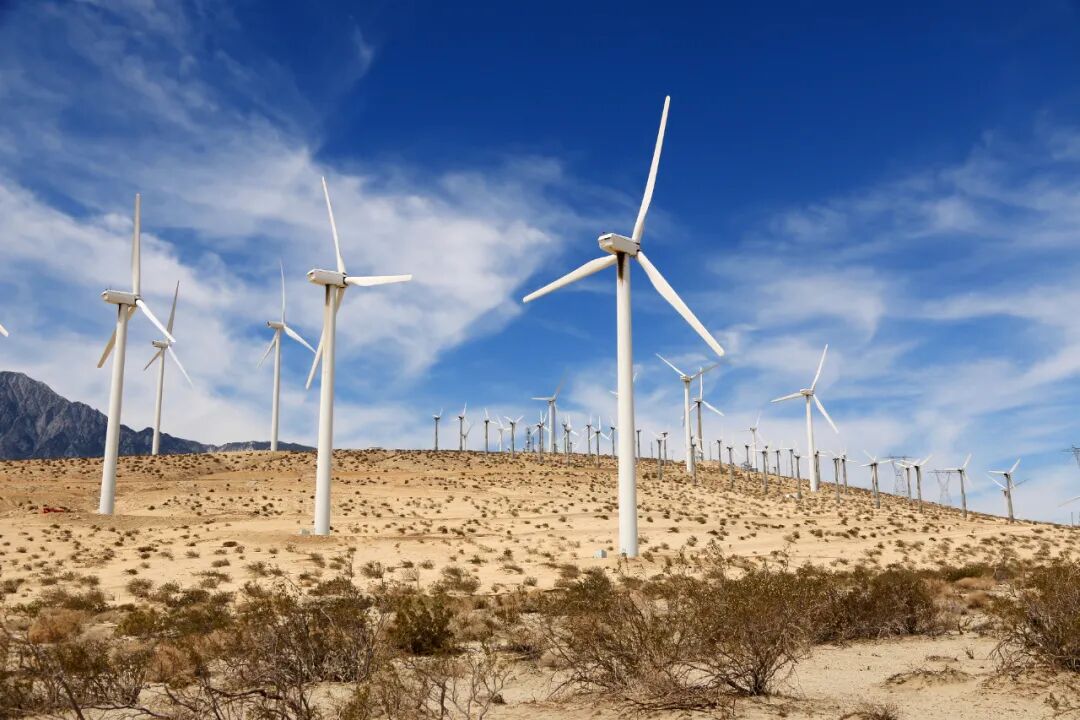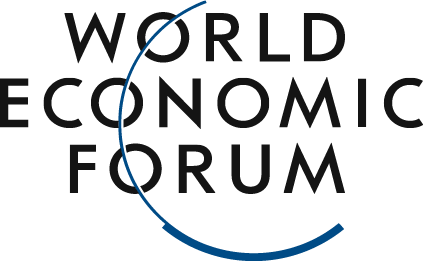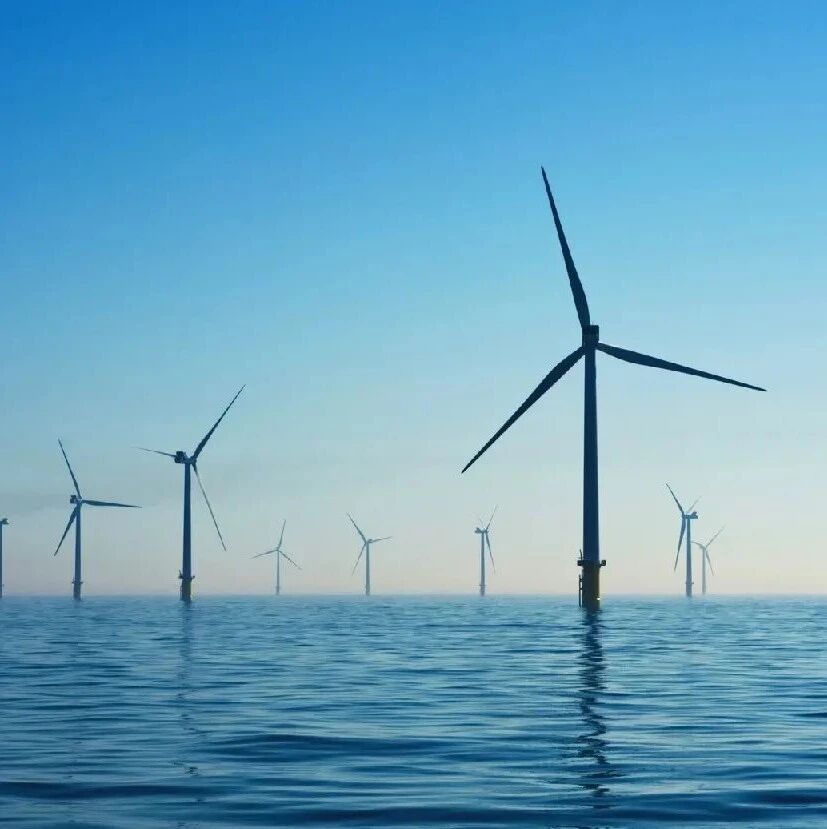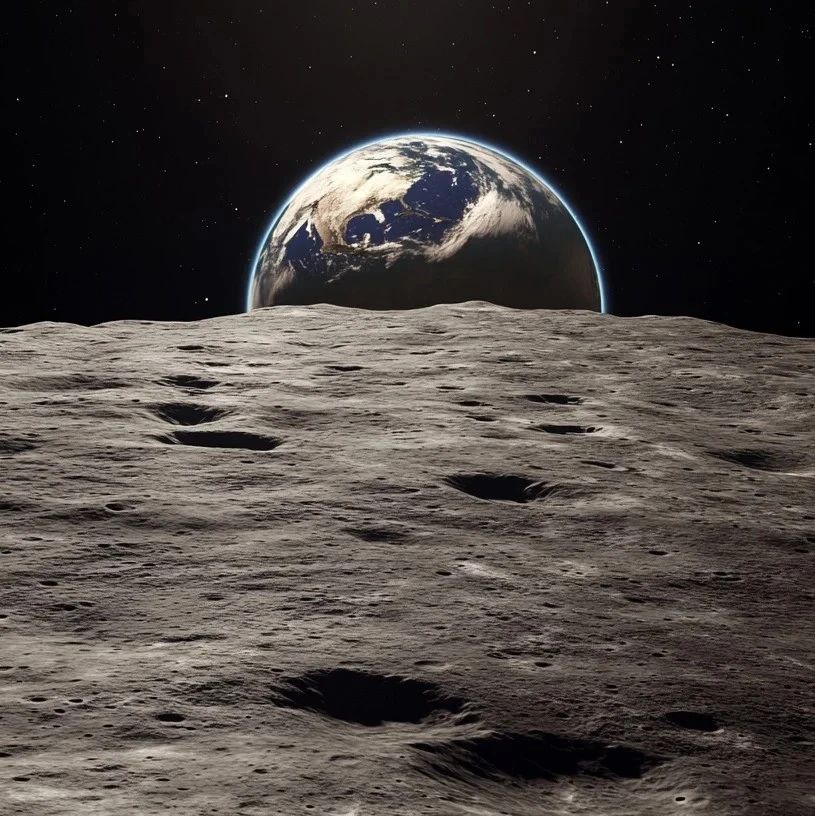Technology-driven electrification will reshape the global energy consumption landscape.
Image source:Getty Images/iStockphoto
Olivier Blum
Schneider Electric CEO
Electrification can meet more than half of the demand for greenhouse gas reductions.
AI can help optimize power infrastructure, but we must understand its energy footprint.
Effectively leveraging AI means not overlooking the human factors essential for its successful deployment.
The energy landscape is undergoing a profound transformation. The urgent need to decarbonize, coupled with an unwavering commitment to energy efficiency, has already spurred global action toward a more sustainable future. At Schneider Electric, our mission is to empower people to use energy and resources responsibly—while remaining steadfast in our role as a trusted partner dedicated to driving sustainability and efficiency. We believe that unlocking the future lies in harnessing the transformative power of electrification, digitalization, and automation. Yet, ultimately, it’s human ingenuity that will truly catalyze change and pave the way for a brighter tomorrow—for everyone.Imagine what the world could look like if we managed to drastically cut greenhouse gas (GHG) emissions and accelerate the shift toward electrification. What if artificial intelligence (AI) could optimize energy use, becoming our ally in the fight against climate change? And what if data centers—essential for powering AI and our increasingly digital lives—could operate without leaving a massive carbon footprint, while still scaling up to meet growing demands? These aren’t hypothetical scenarios—they’re critical questions that demand immediate answers. Time is running out, and we simply can’t afford to gamble with the future of our planet.Achieving global electrification through AIElectricity is the most versatile and efficient form of energy—and it lies at the heart of our vision. By electrifying industries, sectors, and communities, we can significantly cut greenhouse gas emissions. According to a report by the International Energy Agency (IEA), by 2050, electrification will account for up to 60% of the total emission reductions needed to achieve net-zero targets.Digital technologies like the Internet of Things and AI are revolutionizing the energy industry—much as they’re transforming the way we live and work. These innovations provide powerful tools for optimizing energy consumption, modernizing power grids, and seamlessly integrating renewable energy sources. Meanwhile, AI can analyze vast amounts of data to uncover patterns that would otherwise remain hidden, enabling smarter decision-making and fostering sustainable business practices.By collecting and analyzing information across the entire value chain, energy companies can fully harness the power of data. The AI revolution is unlocking tremendous opportunities for growth and innovation, with global economic output expected to expand by 14% by 2030. This growth will be driven by AI’s ability to boost labor productivity and enhance product quality. Moreover, the AI market is projected to reach a staggering $1.3 trillion by 2032.Challenges of AI Data CentersHowever, at the heart of the AI revolution lies a paradox: while we rely on specific technologies to develop data solutions, these same technologies place unprecedented demands on energy-intensive data centers. As a result, we’re faced with the challenge of scaling operations sustainably. Traditional data centers simply can’t keep up with today’s skyrocketing AI workloads, which could dramatically boost electricity consumption and put immense strain on cooling systems. To tackle this growing challenge, cutting-edge cooling technologies—such as direct chip cooling and immersion cooling—are rapidly gaining traction.Cooling technology is just one part of a much larger challenge. Currently, data centers account for approximately 1.5–2% of global electricity consumption. Without the adoption of energy-efficient practices, this figure could more than double by 2030. To mitigate the significant environmental impact caused by the rapid expansion of data centers, we must decouple economic growth from energy consumption—from the very beginning. To achieve this, we can take a multi-pronged approach: optimizing energy use, leveraging renewable energy sources, and prioritizing the design of energy-efficient facilities. Additionally, we can retrofit existing data centers and strategically locate them in regions rich with renewable energy, which would also make a substantial difference.Looking ahead, as emerging technologies like quantum computing continue to evolve, designing scalable and modular data center infrastructure will become increasingly critical. By prioritizing energy efficiency, advanced cooling solutions, and strategic planning, we can ensure that data centers not only drive innovation but also minimize their environmental impact.Human factors drive innovationHowever, let’s take a step back and think about this for a moment. While technology is a powerful tool, it’s actually human ingenuity that truly enables us to harness technology effectively and drive innovation and progress. When technology is combined with human expertise, AI’s true value begins to shine. After all, successful AI isn’t just about data science—it also requires a strong business focus and a commitment to accountability.Expert domain knowledge is crucial for the successful application of AI. This knowledge plays a vital role in selecting appropriate features and models, training and refining AI models, and ensuring the creation of algorithms that are both ethical and fair. It also serves as the key to making AI solutions interpretable and safely implemented.As AI and automation advance, we are confronted with ethical challenges that cannot be ignored. We must ensure the responsible use of AI, always prioritizing human well-being. By adhering to the highest ethical standards in the implementation of AI and automation, we can harness the power of technology to contribute to a more sustainable future. Remember, the future of AI depends on how humanity leverages it to address real-world problems and enhance lives.So, what’s the best way to protect Earth and secure a sustainable future? The answer is embracing the circular economy. We must adopt a system where resources are continuously reused and regenerated. The circular economy benefits both the planet and the economy. Globally, 45% of emissions are linked to the production and consumption of goods—and at the current rate, resource use is simply unsustainable. Transitioning to a circular economy is highly effective because it maximizes the lifespan of materials and the energy they contain, keeping them in use for as long as possible.The circular economy calls for reliable energy access for everyone. Schneider Electric’s Energy Access Program has already improved the lives of more than 46 million people. Through sustainable energy solutions, we aim to reach 100 million people by 2030. Our innovative solutions leverage cutting-edge technology, enabling businesses to optimize energy consumption, cut carbon emissions, and enhance operational efficiency. By combining technology with human expertise, we can fully unlock the potential of digital transformation and accelerate the transition toward a sustainable future.To achieve net-zero emissions in the future, we must address both the supply and demand sides of energy. By electrifying our economies and optimizing energy consumption, we can significantly reduce global carbon emissions. This means transitioning to renewable energy sources, accelerating the electrification of transportation and industry, and adopting energy-efficient practices. By embracing innovation, electrification, and the circular economy—while investing in clean-energy solutions—we can collectively mitigate climate change and build a brighter future for generations to come.The above content solely represents the author's personal views.This article is translated from the World Economic Forum's Agenda blog; the Chinese version is for reference purposes only.Feel free to share this in your WeChat Moments; please leave a comment at the end of the article or on our official account if you’d like to republish.
Translated by: Di Chenjing | Edited by: Wang Can
The World Economic Forum is an independent and neutral platform dedicated to bringing together diverse perspectives to discuss critical global, regional, and industry-specific issues.
Follow us on Weibo, WeChat Video Accounts, Douyin, and Xiaohongshu!
"World Economic Forum"
